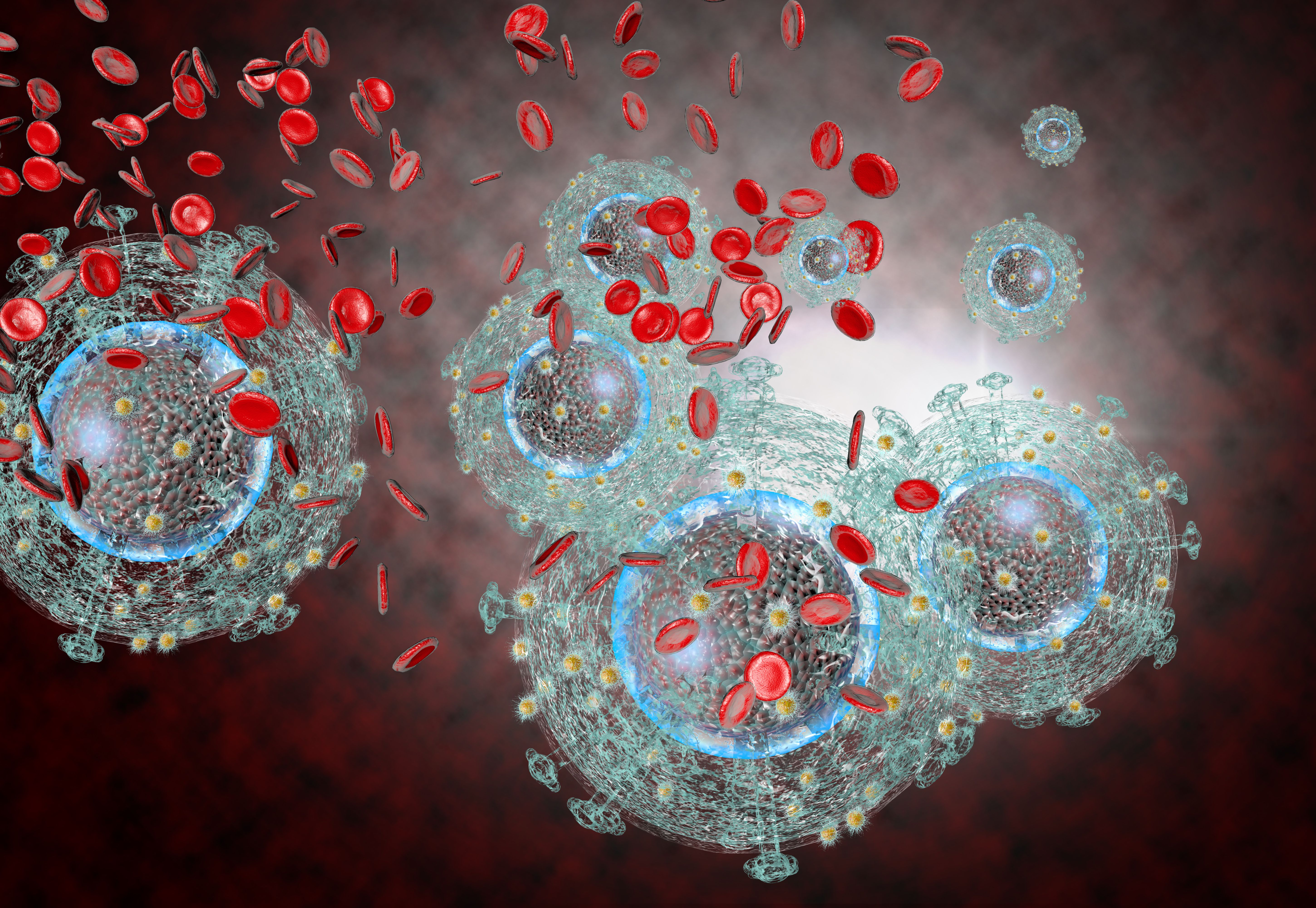Article
Study: New Novel Treatment Increases Frequency of Vaccine Responder for HIV
Author(s):
The analysis, published in Nature Communications, demonstrates glycan trimming also keeps the antibody response away from immunodominant glucan holes and patches.
In a study of mice, nonhuman primates, and rabbits investigators found that glycan trimming can help increases the frequency of vaccine responder for those with HIV and steer antibody responses away.
Ezume Images - stock.adobe.com

The study results, published in Nature Communications, showed that glycan trimming also keeps the antibody response away from immunodominant glucan holes and patches.
Investigators used the mechanism of vaccine-induced immunity in mice to determine how multilayered E2p and 13-01v9 single-component, self-assembling protein nanoparticles (1c-SApNP) compared with uncleaved prefusion-optimized (UFO) design.
They found that E2p and 13-01v9 1c-SApNP showed approximately 420 times longer retention in lymph node follicles, a 20-to-32 times greater presentation on follicular dendritic cell dendrites and up to 4 times stronger germinal center reactions compared with UFO trimer.
These findings might help future HIV vaccine development, according to investigators.
The HIV envelope glycoprotein (Env) is the target of the host humoral immune response, according to investigators.
The metastability can be dealt with by SOSIP, native flexibility linked, and UFO trimers. However, the glycan shield is challenging, because of the roles in Env-bNAb interactions.
In the study, BG505 UFO trimer on multilayered 1c-SApNP platforms were used as a next-generation HIV vaccine candidate. Investigators constructed a panel of Env-NP designed for biochemical, biophysical, and structural characterization for immunogen selection.
They conducted extensive glycan and antigenic profiling of BG505 UFO trimer and 1c-SApNPs.
Investigators also immunized mice and rabbits with the UFO trimers and 1c-SApNP with the wildtype and trimmed glucans. The glycan trimmed signaled the NAb responses away from the known glycan holes and patches, while simultaneously increasing the frequency of vaccine responders.
The findings on the benefit of glucan trimming were confirmed in nonhuman primate studies.
Investigators also analyzed vaccine delivery and immune responses at the intercellular, intracellular, and intra-organ levels in mice. Compared with soluble trimer, the multilayered E2p and 13-01v9 1c-SApNPs had substantially improved retention, as well as presentation, and GC reaction in the lymph node tissues.
However, investigators found that the glycan trimming had little effect on 1c-SApNP trafficking and retention in lymph nodes.
They visualized the intact 1c-SApNPs and adjuvants in the lymph nodes by transmission electron microscopy.
Study results demonstrate the challenges posed by the Env glycan shields for HIV vaccine development based on UFO trimer and 1c-SApNPs.
More research is needed, especially in antibodies induced by glycan-trimmed Env to understand how glycan trimming alters the epitope targeting, according to investigators.
Additionally, further research is needed for a site-specific analysis that could provide information to assist in developing glycan-trimmed Env immunogens for diverse HIV subtypes.
Research in the immunization regimen could help optimize the vaccines, investigators said.
Furthermore, a systematic comparison is needed to identify more effective adjuvants, which could improve vaccine-induced NAb responses.
Reference
Zhang YN, Paynter J, Antanasijevic A, Allen JD, et al. Single-component multilayered self-assembling protein nanoparticles presenting glycan-trimmed uncleaved prefusion optimized envelope trimmers as HIV-1 vaccine candidates. Nat Commun. 2023;14(1):1985. doi:10.1038/s41467-023-37742-z






